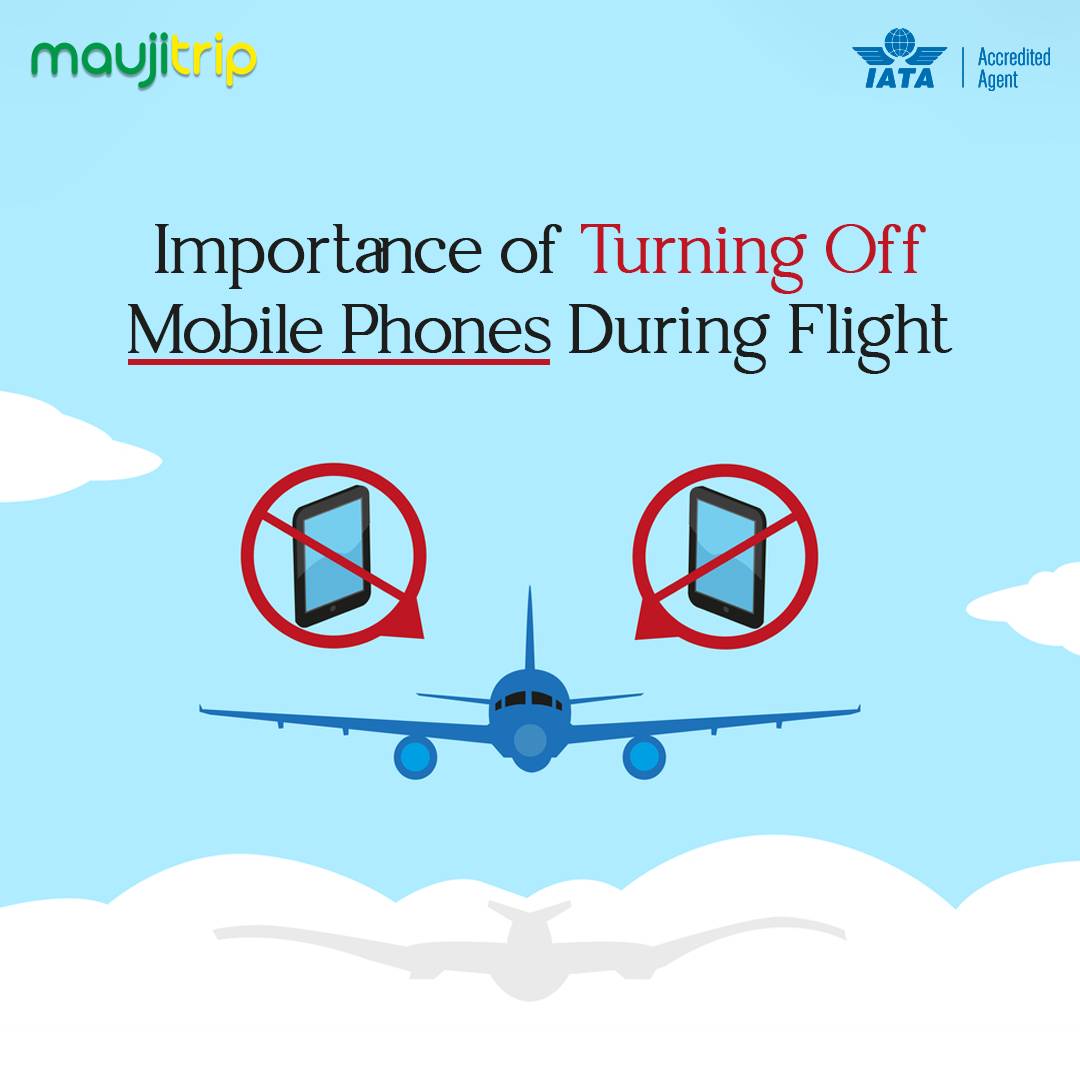Importance of Turning Off Mobile Phones During Flight
In the fast paced world, our cell phones have developed into dependable friends that keep us involved and associated. The meaning of turning off these devices during an excursion should be perceived, however, with regards to air travel. Indeed, you ought to be arranged right from the time you book your flight pass to turn your telephone to flight mode during departure and arriving of your flight. For some voyagers, particularly in a general public where being associated feels critical, cutting off from our computerized lives might cause uneasiness or stress. You won't have to stress, however, as we investigate the defenses for this need and show you how this direct step ensures both your security and the consistent running of the airplane. We should look at the vital supports for switching off your telephone and the inner serenity it gives you and your kindred explorers and staff.
Utilization of Flight Mode
Despite the fact that you should turn off your telephone during departure and landing, most carriers let you use "Flight Mode" while the plane is landing or departure. While the telephone is in flight mode, you might utilize non-sending highlights like perusing digital books, paying attention to music, or watching downloaded motion pictures. Cell, Wi-Fi, and Bluetooth are undeniably debilitated.
Flight Mode is a trade off that limits the chance of disrupting the airplane's frameworks while empowering travelers to stay entertained and useful during extensive flights. It's memorable's essential that you shouldn't settle on voice decisions or send instant messages even while your telephone is in off-line mode since they could in any case cause electromagnetic obstruction.
Radio Waves and Impedance
In the same way as other correspondence frameworks, in planes, cell phones run on radio waves. Because of the obstruction of these radio waves, correspondence breakdowns between the flight group, air traffic regulators, and other airplane might result from impedance between these radio waves. These hiccups may be just about as little as radio static or as critical as issues that imperil the wellbeing of the airplane.
During pivotal airplane moves like departure and handling, the impedance may be extremely unsafe. To accomplish protected and simple flying inside these conditions, precise correspondence and route are required. Indeed, even a little interference could make adverse consequences.
Guidelines and Rules
To reduce the gamble of impedance, avionics controllers like the Federal Aviation Administration (FAA) and the European Association Aeronautics Security Organization (EASA) have laid out rules and guidelines confining the utilization of electronic gadgets, including phones, during flight.
These guidelines order that travelers put their phones and other electronic gadgets away during explicit flight fragments, like departure and landing.
To keep up with adherence to flight security necessities, aircrafts execute these regulations. Airline stewards offer expressions before takeoff reminding travelers to switch off or place their electronic gadgets in flight mode. To regard the law and keep away from any unwanted contribution, observing these guidelines is fundamental.
Security of Life and Property
There are other security issues notwithstanding mechanical ones with regards to switching off PDAs while in flight. Travelers should be completely ready and be prepared to adhere to guidelines from airline stewards in the event of a crisis, like a quick plunge or a startling landing. The clearing system might be postponed and lives might be in harm's way in the event that everybody is engaged in their portable contraptions.
Cell phone lithium-particle batteries can likewise glitch and even burst into flames. Indeed, even while these episodes are uncommon, they could represent a main issue on the off chance that they happen on board a plane. Switching off your cell phone diminishes your gamble of running into a battery issue during a flight.
















